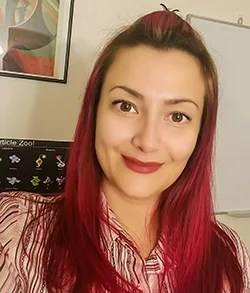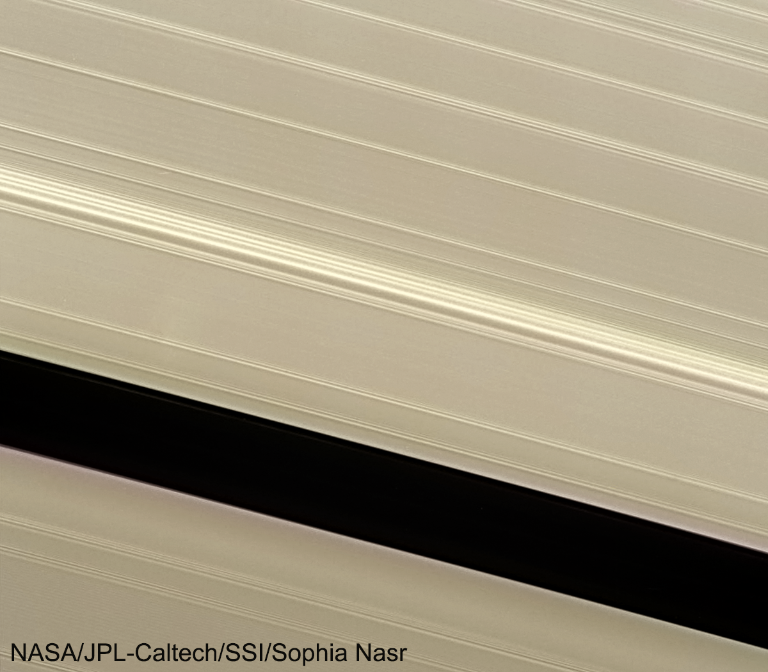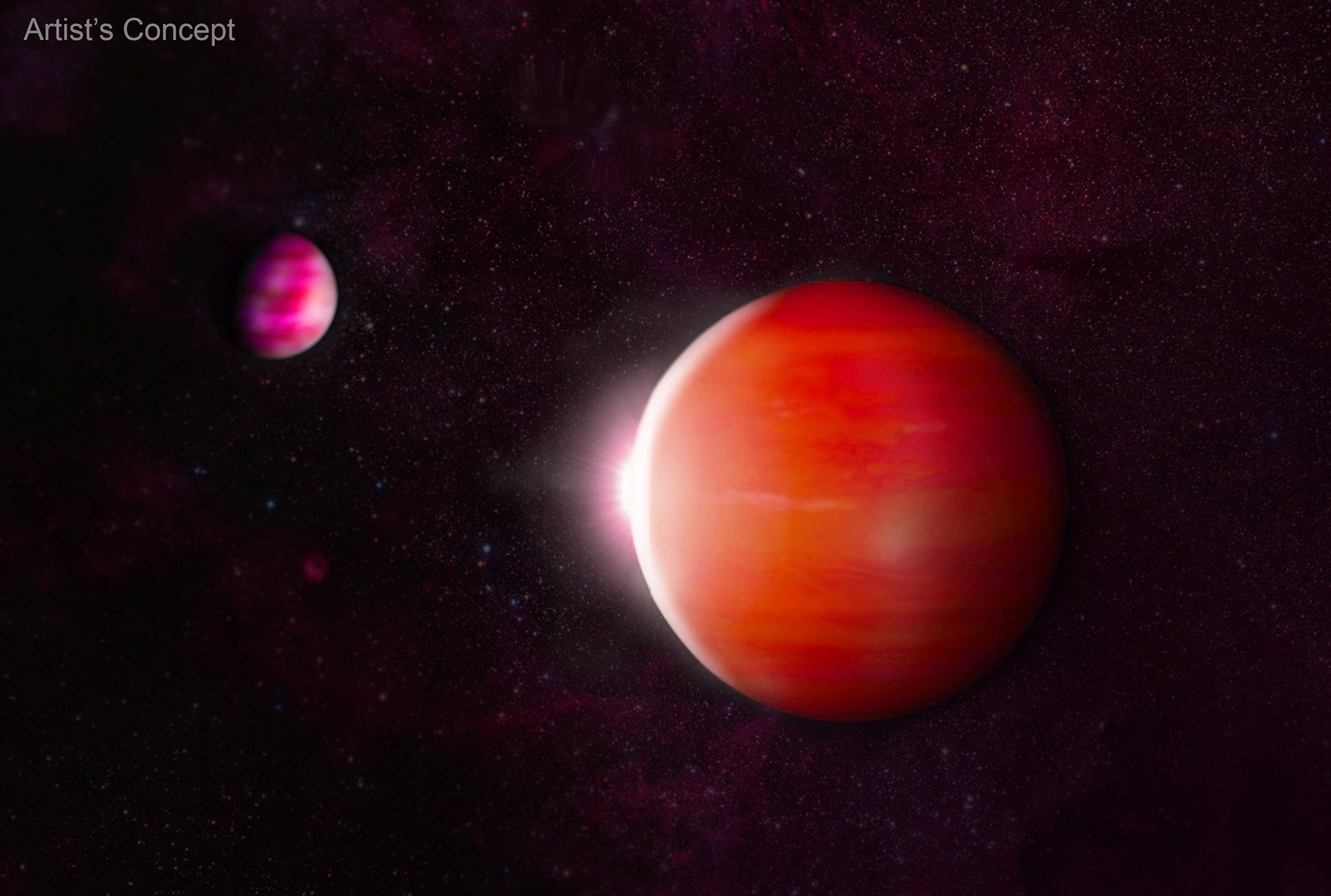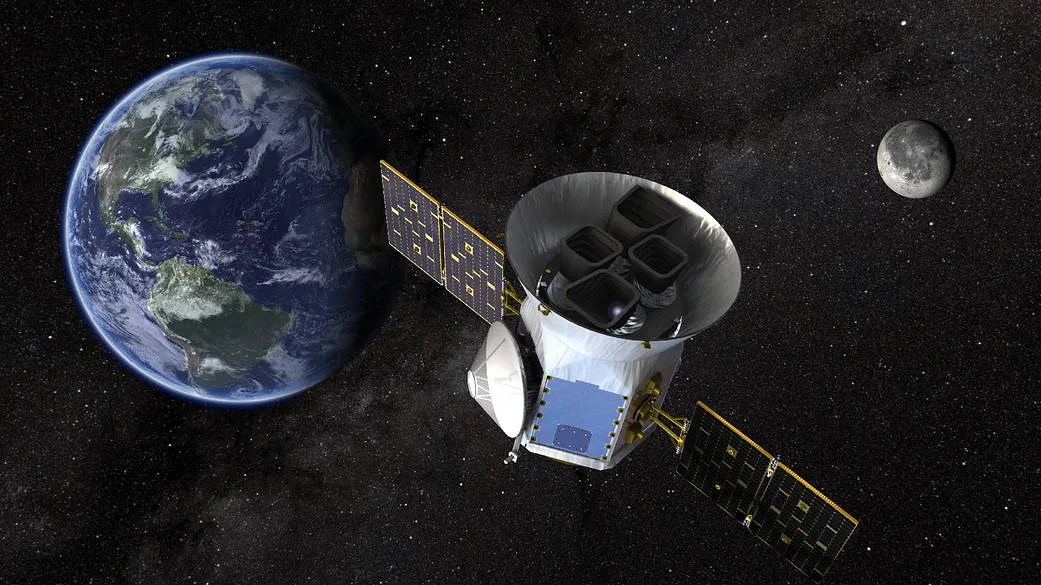2 min read
Location

Irvine, California
Day job
I am Ph.D. student in cosmology at the University of California, Irvine. I study particle dark matter.
What do you study through citizen science?
I process spacecraft images — so far, using data from NASA’s Cassini and Juno missions. I started last year when Cassini started its final orbits around Saturn. It got real to me that this spacecraft that we’ve gotten so attached to, that’s shown Saturn to us in such a different light, was actually going to end. I wanted to bring these images to life.
Why do you do citizen science?
I think doing citizen science is important for many reasons, including getting to bring spacecraft images to color life with your own touch of creativity, and for me, it's a breath of fresh air, a minor detour from academia that sort of rejuvenates me. But the most important thing about participating in citizen science is to show the world that anyone can take part in science, regardless of their backgrounds. It tells people that they, too, can get their hands on real data, taken by real spacecraft in space, and work on it in some way. I think that's the most rewarding part of doing citizen science. Also, doing image processing gives me a moment to just breathe and put my research aside and get creative. In school, I work on stuff that you can’t see. If I sit down and image process, I can turn data into something that’s quite beautiful.
Favorite contribution?
Picking a favorite contribution is really tough, there are so many great images I've processed! But I think my favorite contribution comes in the form of Twitter threads on the physics of the images I processed. One was on Saturn's moon Daphnis making waves in its rings, and one was on why Saturn's polar vortex is blue. I think the polar vortex one is really special though, because that's the first image I've ever processed. Getting to do that while explaining the physics of what's going on in the image, in general, is my favorite contribution.








